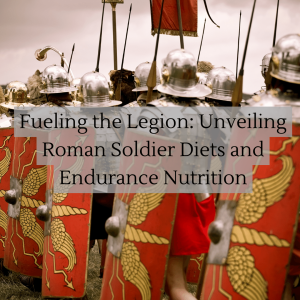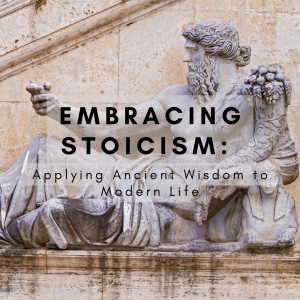When we think of ancient Rome, images of grand architecture, powerful emperors, and skilled warriors come to mind. Among the formidable assets of the Roman Empire were its legions of soldiers, renowned for their discipline and military prowess. But what fueled these ancient warriors during their grueling campaigns and battles? Delving into the diets of Roman soldiers sheds light not only on their nutritional strategies but also on the endurance-focused training that allowed them to conquer vast territories. In this article, we’ll uncover the secrets behind a Roman soldier diet and explore an example of a week’s worth of workouts inspired by their training routines.
The Roman Soldier Diet: Nourishment for Warriors
Roman soldiers’ diets were tailored to provide the energy and endurance required for their demanding military service. Their meals were designed to be efficient, easily transportable, and capable of sustaining them through long marches, battles, and other physically taxing activities. Here’s a breakdown of the typical components of a Roman soldier’s diet:
- Grains and Legumes: Staple foods like barley, wheat, and lentils formed the foundation of a soldier’s diet. These provided a reliable source of carbohydrates for energy.
- Meat and Fish: While meat was not consumed daily, it was an important source of protein and essential nutrients. Soldiers would enjoy meat or fish when available, offering muscle-repairing amino acids crucial for their physical activities.
- Vegetables: Various vegetables like onions, garlic, cabbage, and carrots added flavor, nutrients, and a balance to the soldiers’ diets.
- Dairy: Cheese and milk products were a part of the diet, contributing to calcium intake for maintaining bone health and overall strength.
- Olive Oil: A rich source of healthy fats, olive oil was used generously in cooking and added extra calories for sustained energy.
- Wine: In moderation, wine was consumed as a way to supplement hydration and provide some relaxation after the rigors of training and combat.
Endurance Training in the Roman Legion
The Roman soldier’s physical training was as crucial as their diet in maintaining peak performance on the battlefield. Their training was designed to build strength, endurance, and discipline. Here’s a glimpse of what a week’s worth of workouts might have looked like for a Roman soldier:
Day 1: Calisthenics and Weapon Drills
- Morning: Calisthenics such as squats, lunges, and push-ups to enhance overall body strength.
- Afternoon: Weapon drills and practice sessions to improve combat skills and coordination.
Day 2: Long March
- A full-day march covering significant distances, often with armor and gear, to build endurance and familiarize soldiers with long journeys.
Day 3: Circuit Training
- Morning: A circuit of bodyweight exercises like burpees, jumping jacks, and planks for cardiovascular fitness and muscle endurance.
- Afternoon: Combat simulations to apply physical skills in tactical scenarios.
Day 4: Strength Training
- Focused weightlifting or resistance exercises to increase muscle mass, followed by recovery stretches.
Day 5: Combat Training
- Morning: Intensive combat drills, sparring, and hand-to-hand combat practice.
- Afternoon: Group combat exercises to enhance teamwork and battlefield coordination.
Day 6: Rest and Recovery
- Light activities such as stretching, yoga, or swimming to promote recovery and flexibility.
Day 7: Simulated Battle
- A full-scale simulated battle that combined all aspects of training, allowing soldiers to apply their skills in a realistic scenario.
The Roman soldier’s diet and training regimen were a symbiotic duo that propelled them to become one of history’s most formidable military forces. Their diet, rich in carbohydrates, proteins, and healthy fats, provided the necessary fuel for enduring the challenges of battle and marches. Meanwhile, their training routines encompassed a balanced mix of endurance, strength, and combat skills, ensuring that they were not only physically fit but also mentally disciplined.
Studying the nutrition and training of Roman soldiers offers valuable insights for modern-day athletes and fitness enthusiasts. While our understanding of nutrition and training has evolved over the centuries, the core principles of balanced nutrition and diverse training still remain essential for achieving peak performance. Just as the Roman legions conquered empires with their disciplined approach, we too can conquer our goals armed with the wisdom of their nutritional and training strategies.





